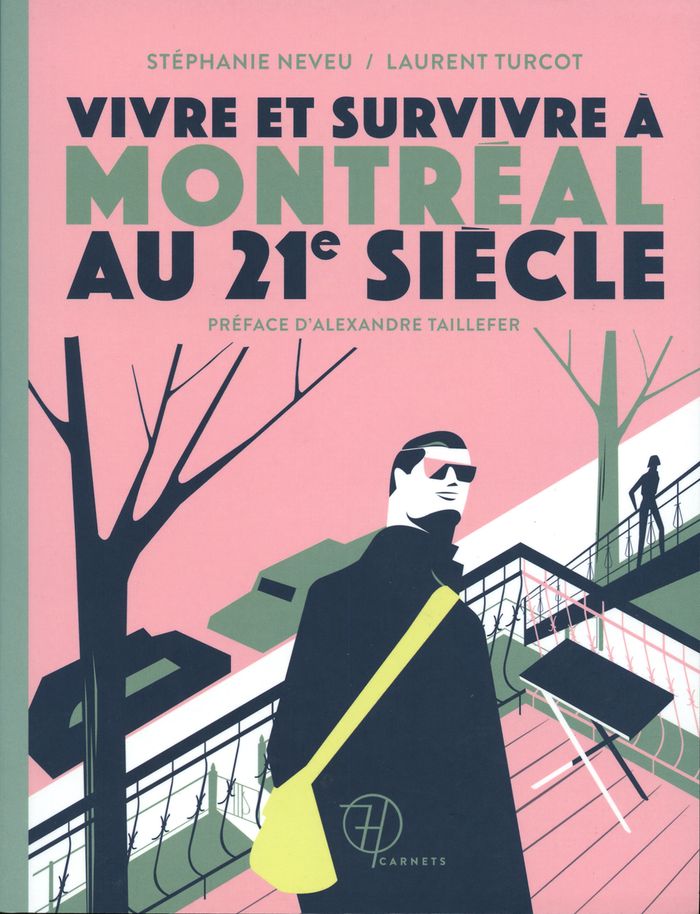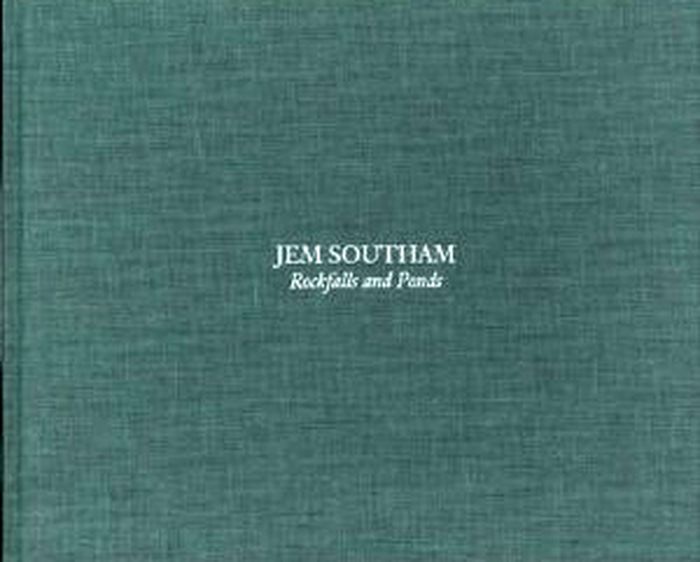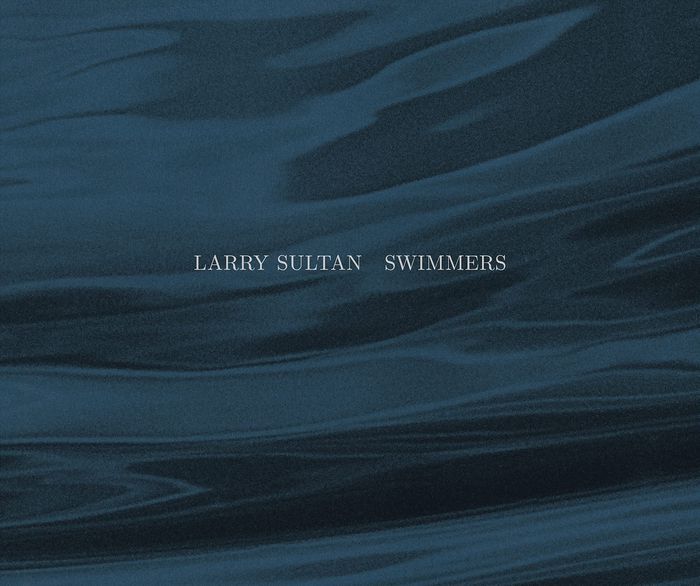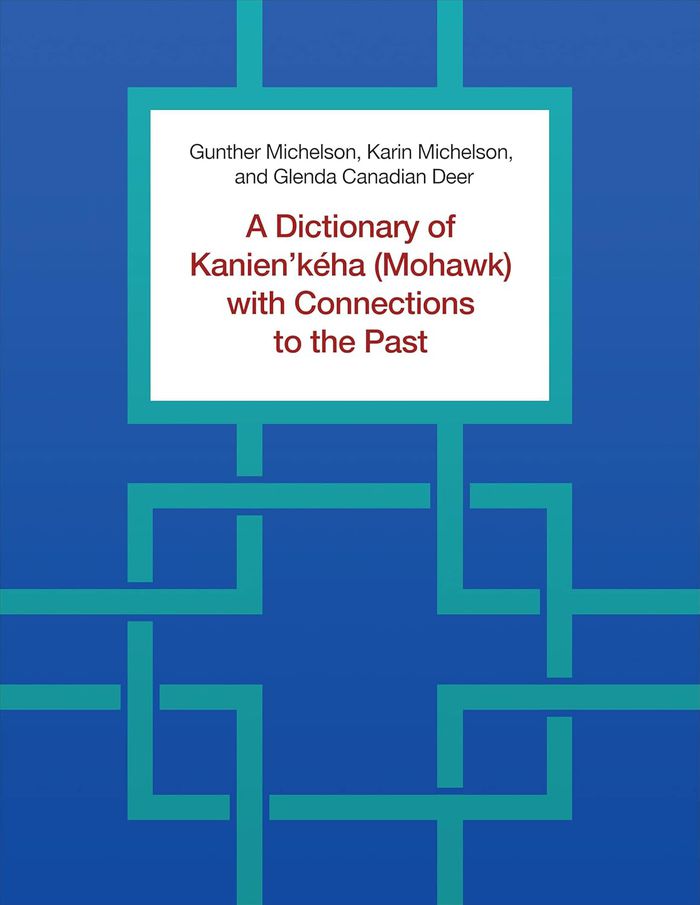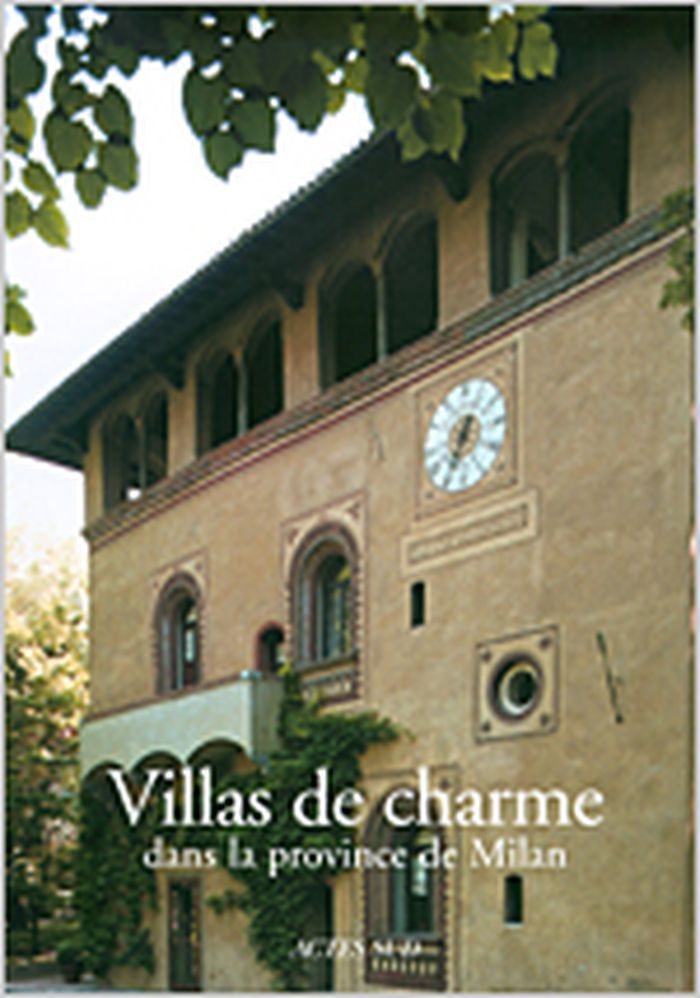$17.95
(available to order)
Summary:
Des règles non écrites régissent Montréal ; différents lieux s’offrent aux créatures urbaines que nous sommes – métro, restaurant, bureau – dans lesquels nous nous devons de « polir » un peu notre nature rude pour s’adapter aux autres. D’où le terme « politesse ». Au contact des autres, nous adaptons notre manière d’être et de vivre, nous tissons des liens et édictons,(...)
Vivre et survivre à Montréal au 21e siècle
Actions:
Price:
$17.95
(available to order)
Summary:
Des règles non écrites régissent Montréal ; différents lieux s’offrent aux créatures urbaines que nous sommes – métro, restaurant, bureau – dans lesquels nous nous devons de « polir » un peu notre nature rude pour s’adapter aux autres. D’où le terme « politesse ». Au contact des autres, nous adaptons notre manière d’être et de vivre, nous tissons des liens et édictons, sans les nommer ou les verbaliser, des règles qui prescrivent des conduites.Comment demander l’addition au restaurant ? Doit-on signifier au chef que la nourriture qu’on nous a servie est infecte ? Doit-on faire la file pour attendre l’autobus ? Ces situations qui paraissent simples sont aussi complexes que peuvent l’être les individus. Qui a envie aujourd’hui d’un guide de savoir-vivre sur le Québec ? Personne ! Et ça tombe bien puisque ce livre irrévérentieux n’est pas un guide, mais une compilation d’observations des manières d’agir et de vivre à Montréal en ce début du XXIe siècle.
Architecture de Montréal
$37.95
(available to order)
Summary:
Face à la marche en avant du capital, voué à conquérir des territoires toujours plus reculés au dehors comme en dedans de nous-même, des voix s'élèvent et en appellent à prendre en compte les limites. Mais leur nature reste encore à définir : tel est l’objet de ce livre. Les limites sont constitutives de notre être-au-monde, elles lui donnent sa densité et sa saveur. Dans(...)
Le sens des limites : contre l'abstraction capitaliste
Actions:
Price:
$37.95
(available to order)
Summary:
Face à la marche en avant du capital, voué à conquérir des territoires toujours plus reculés au dehors comme en dedans de nous-même, des voix s'élèvent et en appellent à prendre en compte les limites. Mais leur nature reste encore à définir : tel est l’objet de ce livre. Les limites sont constitutives de notre être-au-monde, elles lui donnent sa densité et sa saveur. Dans chaque moment de la vie quotidienne, nous évoluons dans un lieu précis du vaste monde, situé autour de notre corps et imprégné de nos manières d'être personnelles. Or le capitalisme s'attaque à cette dimension fondamentale, en sapant toujours davantage les possibilités de contact direct avec notre environnement. Alliant philosophie, sociologie et littérature, ce livre tente de déterminer où se situent désormais les résistances à opposer à la dynamique du capital, en redonnant à notre sensibilité une puissance politique.
Critical Theory
$75.00
(available to order)
Summary:
Agnes Martin (1912–2004) wrote Religion of Love, a late statement on her work and thought, sometime in the 1990s. Composed of short, aphoristic statements and paragraphs, it lucidly states her art credo and life advice: "Love makes us want to do all the good things. Get up in the morning and work for life." "The part of the mind that's aware of perfection tells us(...)
Agnes Martin & Richard Tuttle: religion of love
Actions:
Price:
$75.00
(available to order)
Summary:
Agnes Martin (1912–2004) wrote Religion of Love, a late statement on her work and thought, sometime in the 1990s. Composed of short, aphoristic statements and paragraphs, it lucidly states her art credo and life advice: "Love makes us want to do all the good things. Get up in the morning and work for life." "The part of the mind that's aware of perfection tells us everything that is good." "You can contact the mind by asking for help." Somewhat uncharacteristically, Martin asked her friend Richard Tuttle to illustrate it. As Tuttle writes in his introduction, "on the one hand, it reconfirms her most classical thought (Beauty is the mystery of life), and, on the other, adds new thought with an urgency only found in a mature artist of her age and persuasion." This beautiful, slim volume constitutes both an important artist's statement and a great collaboration.
Contemporary Art Monographs
$44.00
(available to order)
Summary:
British photographer Jem Southam (born 1950) is not short on tenacity; he patiently observes the topographical changes at a single location, revisiting a site over months or even years. Sometimes the recorded modifications are driven by man, as seen in his The Pond at Upton Pyne series, which charts a village pond as it is transformed by successive periods of neglect and(...)
Jem Southam: Rockfalls and ponds
Actions:
Price:
$44.00
(available to order)
Summary:
British photographer Jem Southam (born 1950) is not short on tenacity; he patiently observes the topographical changes at a single location, revisiting a site over months or even years. Sometimes the recorded modifications are driven by man, as seen in his The Pond at Upton Pyne series, which charts a village pond as it is transformed by successive periods of neglect and attempts at landscaping. At other times, the transformations seem less steered by humankind, but still suggest a delicate balance between nature and man, decay and renewal. Southam uses a large-format camera, which produces 8 x 10 inch negatives, in order to attain an extreme degree of detail. While the enlarged prints reveal a captivating wealth of information, smaller "contact prints"—made by placing the negative directly onto the photographic paper—achieve a contrasting intimacy; both affirm Southam's acute sensitivity to place, superbly represented by this handsomely bound monograph.
Photography monographs
$75.00
(available in store)
Summary:
This book provides analysis of both the technical and the aesthetic importance of details in modern timber architecture. Featuring the work of renowned architects from around the world, the book features 50 of the most influential timber designs for both residential and commercial architecture. Each project is presented with color photographs, site plans, and sections and(...)
Detail in contemorary timber architecture
Actions:
Price:
$75.00
(available in store)
Summary:
This book provides analysis of both the technical and the aesthetic importance of details in modern timber architecture. Featuring the work of renowned architects from around the world, the book features 50 of the most influential timber designs for both residential and commercial architecture. Each project is presented with color photographs, site plans, and sections and elevations, as well as numerous construction details. There is also descriptive text, detailed captions, and in-depth information for each project, including the location, client, architectural project team, main consultants, and contractors. All of the drawings are styled consistently and presented at standard architectural scales to allow for easy comparison. A free CD-ROM contains all drawings in both EPS and DWG (generic CAD) formats. An index includes the contact details for each featured architect. This is an excellent reference work for practicing architects as well as architecture and design students.
Timber Construction
Larry Sultan: The swimmers
$90.00
(available to order)
Summary:
Between 1978 and 1982, in a departure from the collaborative conceptual work that he had become known for, Larry Sultan photographed people learning to swim in public pools in San Francisco. Initially inspired by black-and-white documentary photograhs he found in a Red Cross swimming manual, Sultan soon began exploring an urge to create pictures that were physical,(...)
Larry Sultan: The swimmers
Actions:
Price:
$90.00
(available to order)
Summary:
Between 1978 and 1982, in a departure from the collaborative conceptual work that he had become known for, Larry Sultan photographed people learning to swim in public pools in San Francisco. Initially inspired by black-and-white documentary photograhs he found in a Red Cross swimming manual, Sultan soon began exploring an urge to create pictures that were physical, sensual, immersive, and painterly. The resulting work is saturated with colour and inflected by the unpredictable forms and chance abstractions which emerge through the distorted refractions of the water as a second lens. Often beautiful and regularly unsettling in their ambiguity, the series builds to create a feeling of sensory immersion alive with the fluid and uncertain atmospheres to which Sultan was drawn. This collection presents all the pictures from the series Sultan himself chose and exhibited, and expands to include additional images he marked on contact sheets as well as further selections from his archive which he likely never even reviewed.
Photography monographs
$70.00
(available to order)
Summary:
The Kanien’kéha language has been written since the 1600s, and these dictionary entries include citations from published, archival, and informal writings from the seventeenth century onwards. These citations are a legacy of the substantial documents of missionary scholars and several informal vocabulary lists written by Kanien’kéha speakers, among others. The introduction(...)
A dictionary of Kanien'kéha (Mohawk) with connections to the past
Actions:
Price:
$70.00
(available to order)
Summary:
The Kanien’kéha language has been written since the 1600s, and these dictionary entries include citations from published, archival, and informal writings from the seventeenth century onwards. These citations are a legacy of the substantial documents of missionary scholars and several informal vocabulary lists written by Kanien’kéha speakers, among others. The introduction to the dictionary provides a description of the organization and orthography of the historical works so that they can be used in the future by those studying and learning the language. "A dictionary of Kanien’kéha (Mohawk) with connections to the past" allows scholars and students to learn the meaning, composition, and etymology of words in a language known for its particularly complex word structure. The organization of the entries, according to noun and verb roots, highlights the remarkable potential and adaptability of the language to express traditional concepts, as well as innovations that have resulted from contact with other customs and languages that have become part of the contemporary culture of the Kanien’kehá:ka.
indigenous
$108.00
(available to order)
Summary:
Entre le XVIe et le XVIIIe siècle, la région de Milan connaît une intense période d’art et d’architecture qui se manifeste à travers des villas : on voit éclore en effet un nombre important de résidences réalisées par une aristocratie éclairée. Aboutissement des activités productives du territoire, les villas étaient une synthèse d’exigences économiques, expressives et(...)
Villas de charme dans la province de Milan
Actions:
Price:
$108.00
(available to order)
Summary:
Entre le XVIe et le XVIIIe siècle, la région de Milan connaît une intense période d’art et d’architecture qui se manifeste à travers des villas : on voit éclore en effet un nombre important de résidences réalisées par une aristocratie éclairée. Aboutissement des activités productives du territoire, les villas étaient une synthèse d’exigences économiques, expressives et symboliques, mais définissaient également un style de vie et une vision du monde : une philosophie du “vivre sain” en contact avec la nature, au milieu des études et des plaisirs tournés vers un otium foisonnant. Les “ville di delizia” (nous devons cette appellation du XVIIIe siècle à Marc’Antonio Dal Re et à Pietro Verri) représentent un phénomène marquant de l’histoire de l’architecture et de la décoration et, plus généralement, de l’histoire de la culture et du goût : le patriciat de la grande ville lombarde (sans seigneur et sans cour) a souhaité projeter ses propres attentes et se célébrer lui-même dans ces villas.
History until 1900
$37.95
(available to order)
Summary:
Loin d'être une simple évaluation des effets sociaux de l'aménagement, la réception sociale de l'urbanisme ne peut être intelligible qu'inscrite dans les rapports entre les conditions de production de l'espace et sa recomposition sociale. L'appropriation de l'espace par les individus révèle en dernière instance le processus de recomposition sociale spécifique et(...)
La réception sociale de l'urbanisme
Actions:
Price:
$37.95
(available to order)
Summary:
Loin d'être une simple évaluation des effets sociaux de l'aménagement, la réception sociale de l'urbanisme ne peut être intelligible qu'inscrite dans les rapports entre les conditions de production de l'espace et sa recomposition sociale. L'appropriation de l'espace par les individus révèle en dernière instance le processus de recomposition sociale spécifique et subséquent à une opération d'aménagement. Au contact de la nouvelle organisation urbaine, les individus transforment leur façon de se comporter dans l'espace urbain, en même temps qu'ils font évoluer les représentations et les valeurs accrochées aux lieux. Se superpose ainsi à l'espace conçu un système complexe d'usages et de significations qui résulte des opérations de rectification, d'ajustement et de réinterprétation des dispositions spatiales par la population. Ainsi, mieux cerner la demande sociale en matière d'urbanisme suppose un renversement de perspective ; un changement de posture de la part des professionnels de l'urbanisme et de leurs mandants qui permettrait de percevoir les effets proprement sociaux de l'instrumentalisation de l'espace.
Urban Theory
$98.50
(available to order)
Summary:
The Bridge in Tadashi Kawamata's Bridge and Archives is a long, functional bridge installation that extends between the exhibition galleries of the Museum Schloss Moyland and the castle itself. It expresses the artist's own interpretation of the particular character of the location, which houses the world's largest collection of works by Joseph Beuys and also the Joseph(...)
Contemporary Art Monographs
June 2003, Bielefeld, Germany
Tadashi Kawamata : bridge and archives
Actions:
Price:
$98.50
(available to order)
Summary:
The Bridge in Tadashi Kawamata's Bridge and Archives is a long, functional bridge installation that extends between the exhibition galleries of the Museum Schloss Moyland and the castle itself. It expresses the artist's own interpretation of the particular character of the location, which houses the world's largest collection of works by Joseph Beuys and also the Joseph Beuys Archive--hence the Archive in the title. The bridge places the viewer at the center of two poles of art and represents an incongruous addition to the romantic castle ensemble. Demonstrating how the artistic work of Kawamata stands on the threshold between functional everyday object and autonomous work of art, between emergence and transience, between the individual and society, the bridge also reveals points of contact between the art of Beuys and Kawamata's own process-based and socially relevant work. Japanese artist Tadashi Kawamata has collaborated since 1986 with Dutch photographer Leo van der Kleij, who documents the artist's work in photographs.
Contemporary Art Monographs
